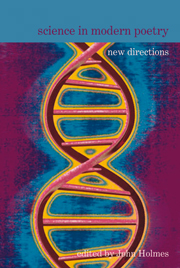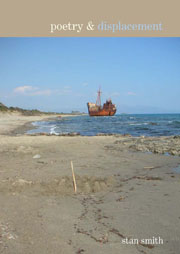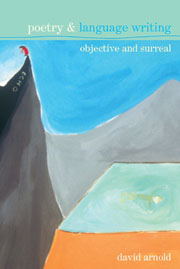5 results in Poetry &...

Poetry & Barthes
- Anglophone Responses 1970–2000
-
- Published by:
- Liverpool University Press
- Published online:
- 27 June 2020
- Print publication:
- 11 October 2018
-
- Book
- Export citation

Science in Modern Poetry
- New Directions
-
- Published by:
- Liverpool University Press
- Published online:
- 05 August 2012
- Print publication:
- 31 March 2012
-
- Book
- Export citation

Poetryand Displacement
-
- Published by:
- Liverpool University Press
- Published online:
- 05 January 2012
- Print publication:
- 01 November 2007
-
- Book
- Export citation

Poetry and Translation
- The Art of the Impossible
-
- Published by:
- Liverpool University Press
- Published online:
- 05 January 2012
- Print publication:
- 05 March 2010
-
- Book
- Export citation

Poetry and Language Writing
- Objective and Surreal
-
- Published by:
- Liverpool University Press
- Published online:
- 05 December 2011
- Print publication:
- 01 November 2007
-
- Book
- Export citation

